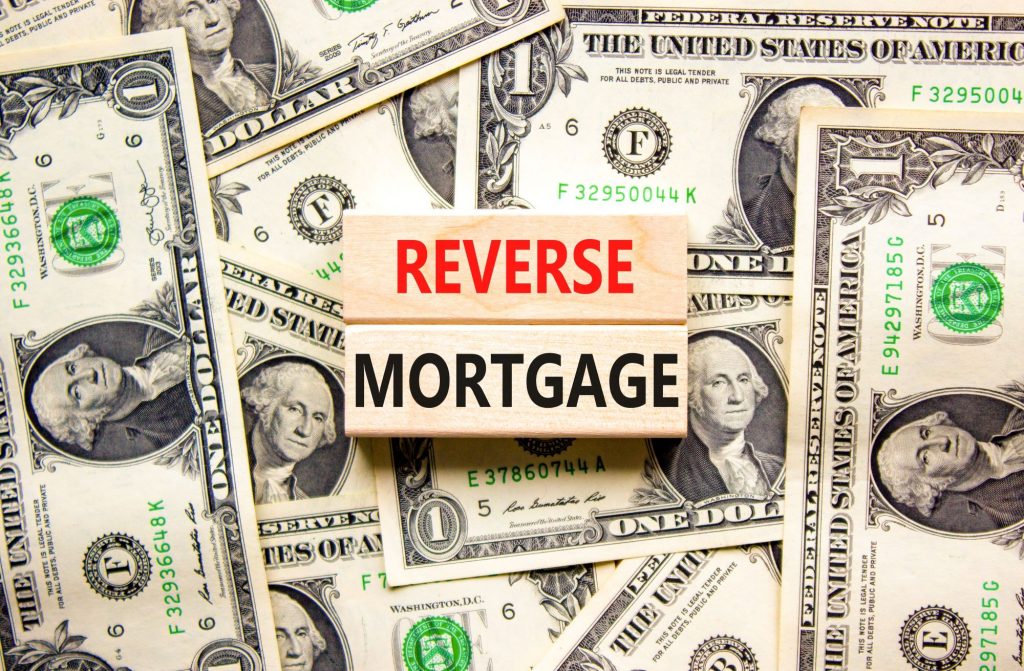4 Key Factors to Determine Your Borrowing Potential with a Reverse Mortgage

A reverse mortgage is a unique financial tool designed specifically for homeowners aged 62 and older. It offers them an opportunity to convert a portion of their home equity into a steady stream of income, which can be used to cover various expenses or meet specific financial objectives during retirement. This form of loan stands out because it allows seniors to remain in their homes while benefiting from their property’s value.
However, determining whether a reverse mortgage is the right choice for you involves more than just understanding its basic concept. It requires a thorough evaluation of your individual situation and future financial needs. One incredibly important aspect to consider is how much you can actually borrow through this type of loan. This figure isn’t random or solely based on your desire; instead, it’s calculated using several factors.
These factors include your age at the time of loan application, the current market value of your home, the amount of equity you have in your property, and the prevailing interest rates. In some cases, federal lending limits may also come into play. Understanding these elements and how they interact will give you a clearer picture of the potential benefits and limitations of a reverse mortgage, guiding you toward an informed decision.
In the following sections, we’ll dig deeper into these factors.
1. Your Age

Age is a significant factor in determining the payout of various types of loans, particularly in the case of a reverse mortgage. For reverse mortgages, the U.S. Department of Housing and Urban Development (HUD) has set the minimum age requirement at 62 years. This means that to even begin the process, you must have reached this age.
The logic behind this age requirement is tied to the nature of a reverse mortgage. A reverse mortgage allows homeowners to convert a portion of their home equity into cash, which can then be used to cover various expenses without having to sell the home. The older a homeowner is, the more likely they’ll have built significant equity in their home, as they’ve had a longer period to pay down their mortgage and may have benefited from increases in property value over time.
The age factor doesn’t stop at eligibility. It also influences the amount that can be borrowed against the home’s equity. In essence, the older the homeowner, the more they can borrow. This is because reverse mortgage payouts are calculated based on life expectancy – the older a person is, the fewer years they are expected to need the loan for, allowing them to access a higher percentage of their home’s equity.
2. Interest Rate

Interest rates for reverse mortgages are adjustable in most cases, which means they can fluctuate over time based on market conditions. Higher interest rates mean more of your available equity will be used to cover the interest, reducing the amount you can borrow against your home’s value.
It’s important to note that lenders often add a margin of 1 to 2 percent to the base interest rate. This margin is essentially the lender’s profit and is added to the index rate to determine the total interest rate you’ll pay. Therefore, even if the base interest rate is relatively low, the addition of this margin could increase the total amount of interest you’ll have to pay over the life of the loan.
3. Your Home’s Value

The appraised value of your home is going to be a significant factor in determining the amount you can borrow through a reverse mortgage.
When you first apple, an appraisal will be conducted on your home to determine its current market value. This is typically conducted by a professional appraiser who considers various things like the location of your home, its size and condition, recent sales of comparable homes in your area, and any improvements or renovations you’ve made.
Once the appraised value of your home is established, this amount is used to calculate the maximum limit of what you can borrow. However, it’s important to note that you cannot typically borrow the full appraised value of your home. According to the Federal Housing Administration (FHA), the maximum claim amount is limited to 80% of the appraised value or the FHA’s lending limit, whichever is less.
This restriction is in place to ensure that some equity remains in the home, protecting both the borrower and the lender. For the borrower, it means that you’re less likely to end up owing more than your home is worth, even if home prices decrease. For the lender, it reduces the risk that the loan balance will grow to exceed the value of the home, which serves as collateral for the loan.
4. Distribution Method

Seniors who opt for a reverse mortgage have several options when it comes to how they receive their loan proceeds. The choice will ultimately depend on your financial needs. Here are your distribution options:
Line of Credit
This option provides the borrower with a pool of funds that they can draw from as needed. Interest and fees are only charged on the amount of money actually used, which can make this option more cost-effective in the long run. Additionally, lines of credit in reverse mortgages have a unique growth feature. This means that any unused funds in the line of credit will grow over time, increasing the amount of money available to the borrower.
Tenure (Equal Monthly Payments)
With this option, the lender makes steady, equal monthly payments to the borrower for as long as the home is used as the borrower’s primary residence. This option is similar to an annuity and provides a consistent stream of income. It can be particularly beneficial for seniors who need help covering regular living expenses.
Lump Sum
A lump sum is exactly as it sounds – the borrower receives the full loan amount all at once. This usually comes with a fixed interest rate, which means that the rate will not change over the life of the loan. A lump sum can be useful for seniors who have a large, immediate expense.
Need More Help?

If you’re looking for more help with retirement planning, then visit these resources next:
Popular Articles About Reverse Mortgage
Originally published October 17, 2023







